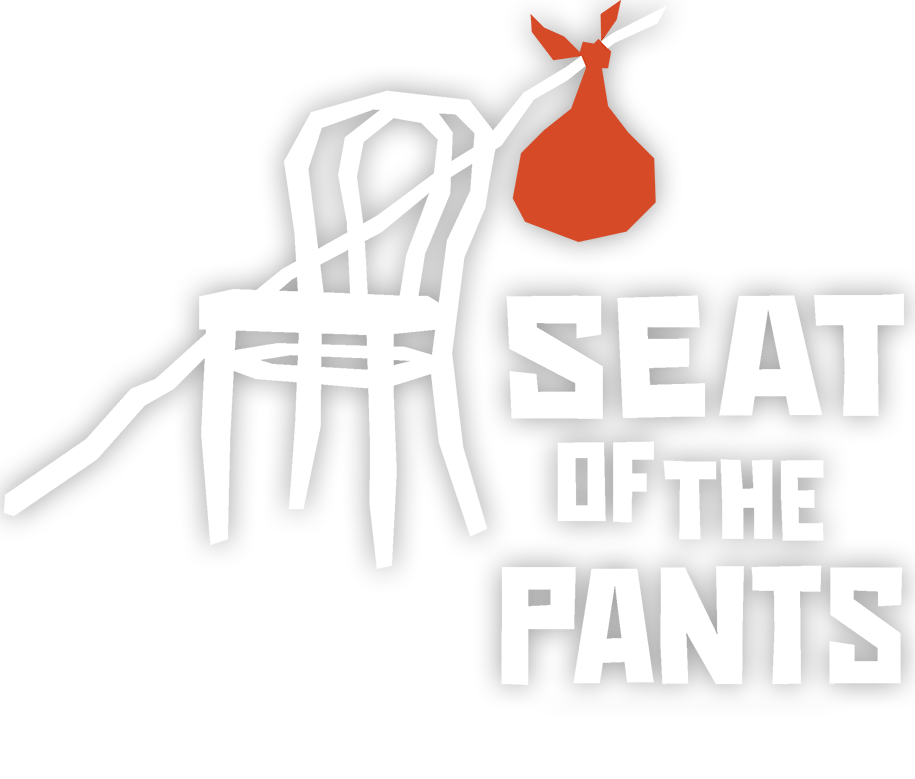GIVING & RECEIVING: LANA SUGARMAN
My introduction to the Michael Chekhov technique was in my first year of grad school in 2018 at Kent State University with Fabio Polanco. Over the course of two years, we learned and applied various exercises, from Crossing the Threshold to the Four Brothers, Qualities of Movement, and Psychological Gesture. Because the MFA program was for Returning Professionals, many of us were attempting to break down, untangle, and perhaps even define our unique approaches to acting, so that in theory, we could share that pedagogy with others. While digging into my past process, I was also being offered a whole new set of tools that could lead to inspired performance.
In summer of 2021 I attended the Great Lakes Michael Chekhov Consortium. After a year of pandemic life and teaching theatre history online, spending a week in play and joyful connection with other artists was a gift. The intensive reinforced my enthusiasm and curiosity.
That fall I was invited to teach a course called Ensemble Theatre Lab at the University of Akron. The course’s learning objectives focused on developing the actor’s awareness of the body and a physical technique. Coming from GLMCC I was excited to share and incorporate aspects of Chekhov’s work that I had been studying and living in the past 3 years. As it turned out, the class only had 3 students enrolled but miraculously went ahead. Crossing the Threshold and Staccato Legato became rituals at the beginning of class.
Around the same time, rehearsals for Our Country’s Good began, and we would often begin our sessions with a similar ritual that I was teaching to the undergrads. One thing I observed was how different the rhythm/pace of Staccato Legato was, and the contrast in my experience. As an artist I was able to surrender and tune into the group, where as a facilitator I found myself initiating the movement/flow. As the semester went on and the movements of Staccato Legato had been learned and refined this lessened, but there is a difference between leading and being part of the ensemble. The cast and creative team of OCG is full of leaders, teachers, and directors. One of our Room Agreements that I find exciting, is embracing a flat hierarchy, which I think allows us all to approach the work as artists.
While I have presented a linear journey of my experience as student, teacher, and artist, I delight in the fact that we can embody all three at different times, that the definitions of these ‘roles’ can shift and change, and that each of them benefit from generosity, receptivity, and creativity.

